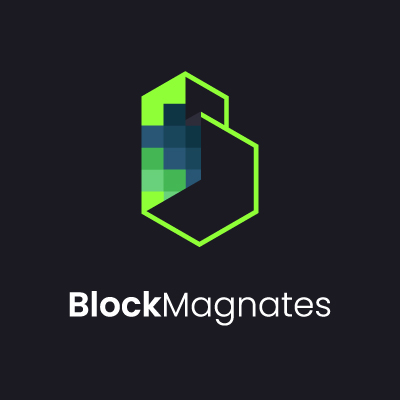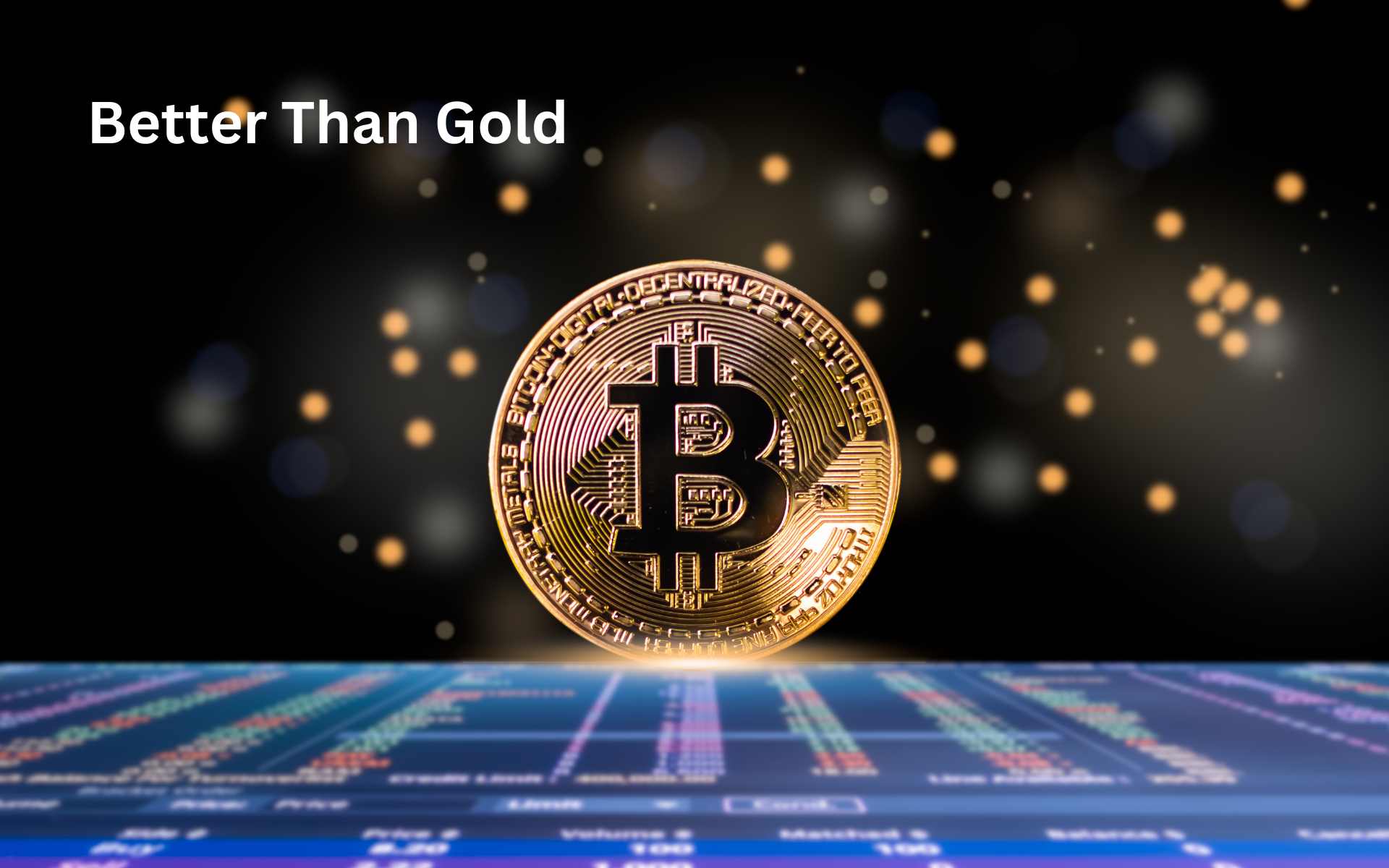With the Web 3.0 revolution already in full swing, the world will witness a surge in blockchain applications. Blockchain applications need decentralized oracles to function effectively. However, most leading decentralized oracles are not built for this kind of commercial blockchain application.
The solution lies in developing decentralized oracles with engaging smart contracts prepared for the high levels of commercial risk to tackle this problem. Several new decentralized oracles have taken up this task, each with its own unique features and promises. Let’s take a look at two of them.
QED
QED addresses the issue of commercial viability by building on a protocol backed by external collateral and employs an economic incentive model to maximize returns over time, hence boosting the ecosystem’s health and the token’s worth. QED’s economic approach separates it from other Oracle protocols since it focuses on both the business and technological aspects of distributing and aggregating real-world data for smart contracts, which are critical. Some of the properties of its economic model are as follows:
• Customer-centric: QED has no competition when it comes to being customer-centric. It makes use of a recourse technique to safeguard customers. Users would ultimately be able to process loss restitution resulting from systemic risks using the external collateral offered by QED.
• Accuracy: QED has a systematic and dependable automated scoring system. It ranks oracles according to their performance, incentivizing the system’s top performers while removing their poor performers, thereby shifting resources to more reliable oracles to optimize real-time accuracy.
• Security: QED is a highly secure oracle protocol. It is pretty reliable in providing smart contracts with correct data. DelphiOracle, the basic program on which QED is based, is the most extensively used oracle on the WAX blockchain. There are almost 1,400 activities every hour. Even on Crypto Black Thursday, when many oracles could not transmit data, only DelphiOracle continued to serve.
• Finality: The ever-increasing demand for better services in the DeFi ecosystem can be met by QED. On the UX network, QED executes smart contracts at up to 20,000 transactions per second. With a data refresh rate of 0.5s, this oracle can support more decentralized applications that demand a quicker refresh rate and lower data finality.
DOS
DOS (Decentralized Oracle Service) is another example of a decentralized oracle that supports commercial blockchain applications. Thanks to its scalability, security, and dependability, it has a track record of success in relaying real-world data to the blockchain ecosystem. It also aspires to solve the computational issues that plague smart contracts. DOS is divided into two major components:
On-chain
The on-chain part of DOS handles every single thing on the blockchain. It comprises contracts that manage computational result verification, payment processing, node staking, and other features on supported blockchains. The contracts provide a consistent user interface across chains for simplicity of usage.
Off-chain
The off-chain architecture of the DOS network relies on client software that third parties administer in exchange for monetary rewards. A blockchain adapter module, as well as off-chain group consensus modules, are included in the program. A distributed data feed and a computation oracle are standard features of the off-chain component.
In addition, the network uses VRF (Verifiable Random Function) and threshold cryptography to identify oracle nodes based on randomness. The chance of node collisions and network assaults would be limited with the above in place, and the network would be kept safe for all node operators.
Image Source
- defi general image: Photo by Shubham Dhage on Unsplash






